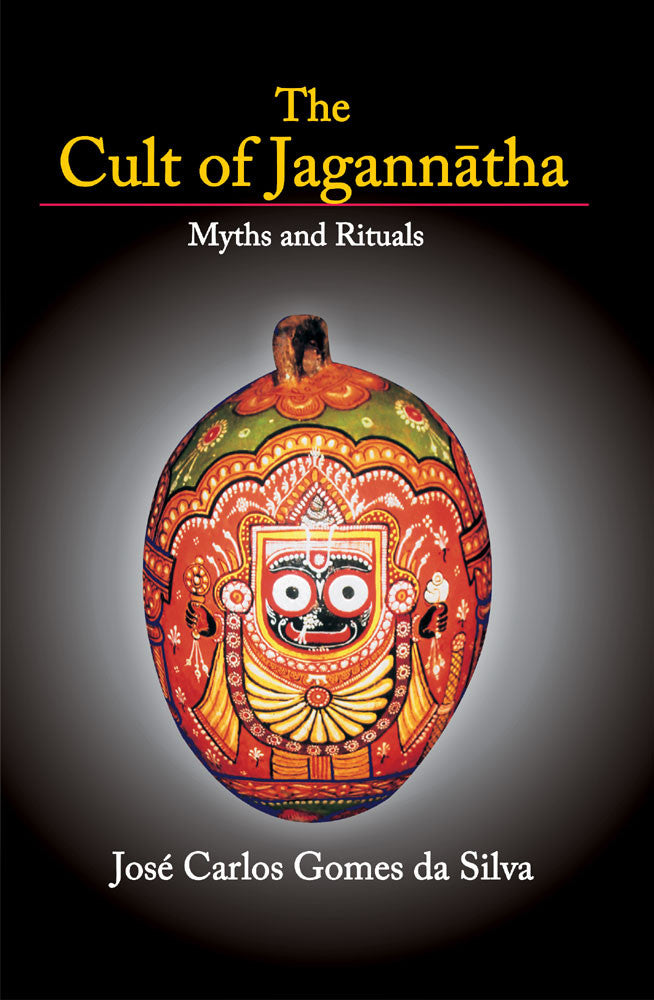The Cult of Jagannatha: Myths and Rituals
![]() 100% Genuine New Books
100% Genuine New Books
![]() Fast Shipping with Tracking Number
Fast Shipping with Tracking Number
Secure Payments via UPI, Cards & Wallets
![]() Trusted Support & Easy Returns
Trusted Support & Easy Returns
The Cult of Jagannatha: Myths and Rituals - Hardcover is backordered and will ship as soon as it is back in stock.
ISBN : 9788120834620, 8120834623
Year of Publication : 2010
Edition : 1st
No. of Pages : 312
Language : English
Condition : New
Publisher: Motilal Banarsidass Publishing House
Free shipping on orders over Rs. 249
Free shipping on orders over Rs. 249
We offer free shipping on orders above Rs. 249 in India. For orders below this threshold, a nominal shipping fee may apply, which will be clearly indicated during the checkout process.
How long will it take to receive my order?
How long will it take to receive my order?
The delivery time varies depending on your location. Generally, orders are processed and shipped within 1-3 business days. Once shipped, you can track and expect your order to arrive within 3-7 business days (the duration may vary depending on your location). For more information, please refer to our shipping policy.
Chat with a Real Person
Chat with a Real Person
WhatsApp chat is dedicated to assisting with after-sales queries regarding delivery, returns, and payments. Click below to initiate chat with us on WhatsApp:
[Bookstaa WhatsApp Chat].
For all other inquiries, please visit our customer support page or email us at support@bookstaa.com.
Couldn't load pickup availability
Description
Description
The Cult of Jagannatha: Myths and Rituals offers a new approach to Orissan ethnography. In sharp contrast with dominant explanations, centred on tribal influences and the history of aryanisation, this book provides extensive evidence on the importance of religious orthodoxy. The transition from the coastal to the inland regions of Orissa is characterised by sharp demographic and sociological discontinuities. Such regional differences are probably a reflection of aryanisation. Ethnological accounts have most commonly relied on the historical reconstruction of this process. It has been assumed that native communities exercised a decisive influence on the traditions that flourished in the delta plain, especially those related to its vital centres-the city of Puri and the temple of Jagannatha. Myths and rituals show that sacrificial symbolism is at the core of Puri's religious system. Explicitly associated with an inaugural asvamedha (the Vedic horse sacrifice), the building of the great temple is still seen as a transformation of the brick-fire altar. These correlations are further supported by an impressive web of orthodox representations, both Vedic and Hindu. This acknowledgement of orthodoxy takes us back to the so-called singularities of local traditions. How to interpret the iconographic "specificity" of Puri's deities? What status should be attributed to the Sudra ritualists of the great temple? The present book provides new answers to these old questions. Puzzling as it may appear, the "strangeness" of Orissan ethnography is a particular-yet extremely coherent-expression of Indian traditions.
About the Publisher

Motilal Banarsidass Publishing House (MLBD)
Motilal Banarsidass Publishing House, popularly known as MLBD, is one of the oldest and most prestigious publishing houses in India, established in 1903.
With over a century of legacy, MLBD has been at the forefront of publishing scholarly works in the fields of Indology, Sanskrit, philosophy, religion, spirituality, yoga, Buddhism, and Jainism.
Renowned for its authenticity and academic rigour, MLBD's books are trusted by researchers, scholars, and readers across the globe.
With more than 5,000 titles in circulation, MLBD continues to uphold its commitment to preserving and promoting India’s rich cultural and philosophical heritage.
Bookstaa is an authorized distributor of MLBD books, ensuring 100% genuine and original publications for our readers.

